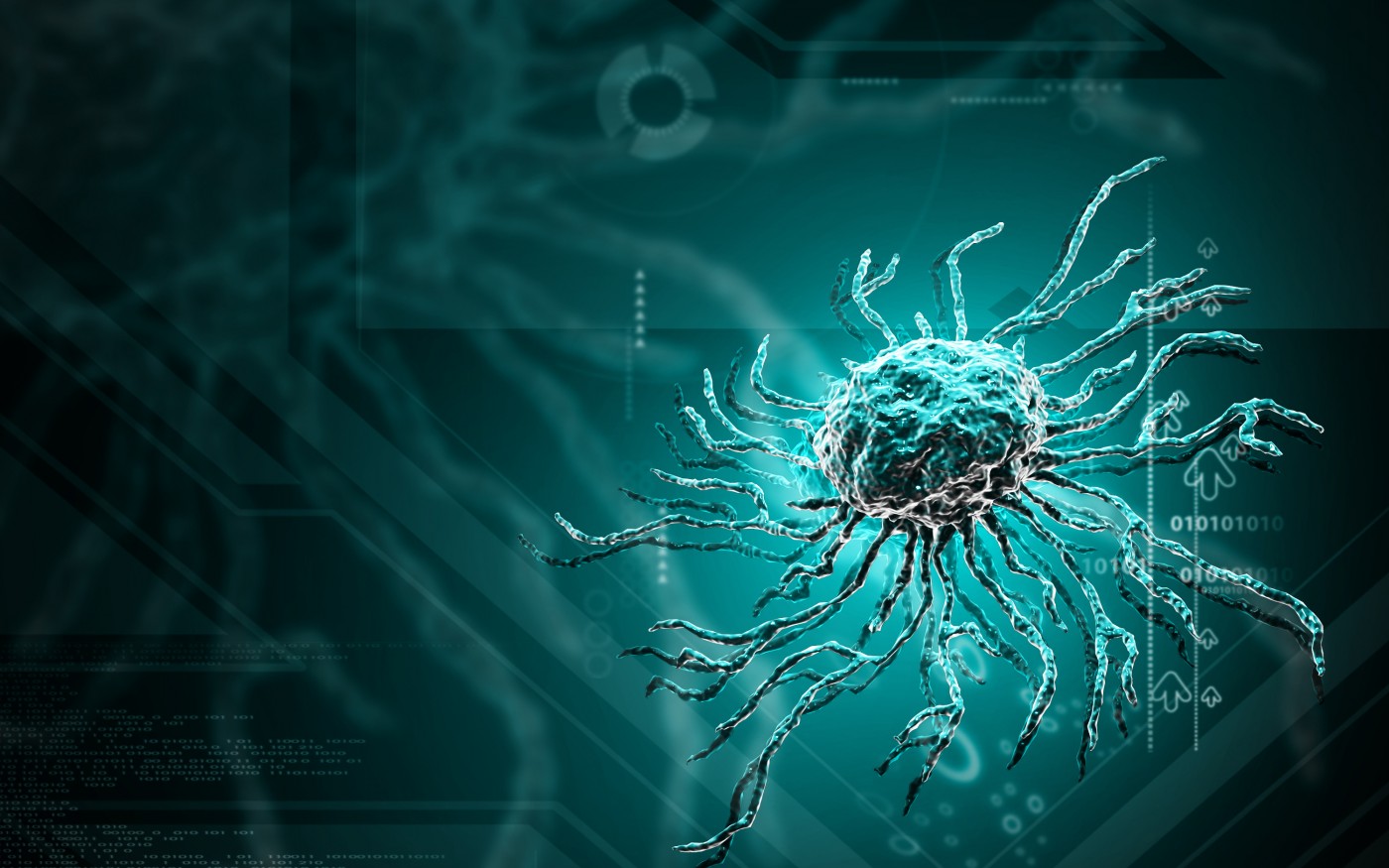Protein in Specific Cells Involved in Batten Disease Neurodegeneration, Mouse Study Suggests
Written by |

Therapeutic approaches that target production of a protein called progranulin in specific brain cells may help preserve brain function in Batten disease, according to a mouse study.
The study, “Conditional loss of progranulin in neurons is not sufficient to cause neuronal ceroid lipofuscinosis-like neuropathology in mice,” was published in the journal Neurobiology of Disease.
Batten disease is a type of neuronal ceroid lipofuscinosis (NCL) that can be caused by mutations in the GRN gene, which provides instructions to make the progranulin protein. These mutations lead to the protein’s loss of function.
As a result, substances called lipofuscins — cellular breakdown products made up of fats and proteins — accumulate within the lysosomes — cellular vesicles that digest and recycle unwanted materials — of several body tissues including the brain, eye, skin, and muscles.
Reduced levels of progranulin are known to contribute to several neurodegenerative diseases including NCLs, frontotemporal lobar degeneration, and Alzheimer’s disease.
This protein is expressed in many body tissues including the brain, where it can be produced by several cells including neurons, astrocytes, and microglia — cells that function primarily as immune cells, defending against pathogens and helping to repair injury in the brain and spinal cord.
In fact, in microglia, progranulin expression is notably stronger than in neurons, and is further increased when microglia are activated after stress or injury.
Even though scientists know that the loss of progranulin leads to defective functioning of lysosomes, its exact role on lysosome and neuronal function is still unclear. It’s also unknown how exactly the loss of this protein in neurons versus its loss in other brain cells contributes to neurodegeneration.
What is known is that old mice with no progranulin whatsoever undergo a neurodegenerative process mimicking that of Batten disease, which includes exaggerated deposition of lipofuscin, abnormal growth of brain cells, as well as changes in the shape of neurons and neuronal death.
Researchers at the University of British Columbia in Vancouver, Canada, created a mouse model that specifically lacked progranulin in neurons and astrocytes, but not microglia. Overall, brain progranulin levels in these animals were reduced by about 50%.
Strikingly, these mice did not display any increase in lipofuscin deposition, or any abnormal microglia and astrocyte growth in the examined areas of the brain. In contrast, mice without any cells with functional progranulin did have an increase in most of these measures, reflective of ongoing neurodegeneration.
These results show that lack of this protein in neurons and astrocytes is not enough to induce neurodegeneration. However, despite accounting for a relatively minor fraction of cells in the brain, microglia-derived progranulin may be sufficient to maintain neuronal health and integrity of the brain.
“This work highlights the importance of evaluating Grn-modulating therapies in microglia as well as neurons, and suggests that Grn may play alternative or additional roles in neuronal function,” the researchers said.




